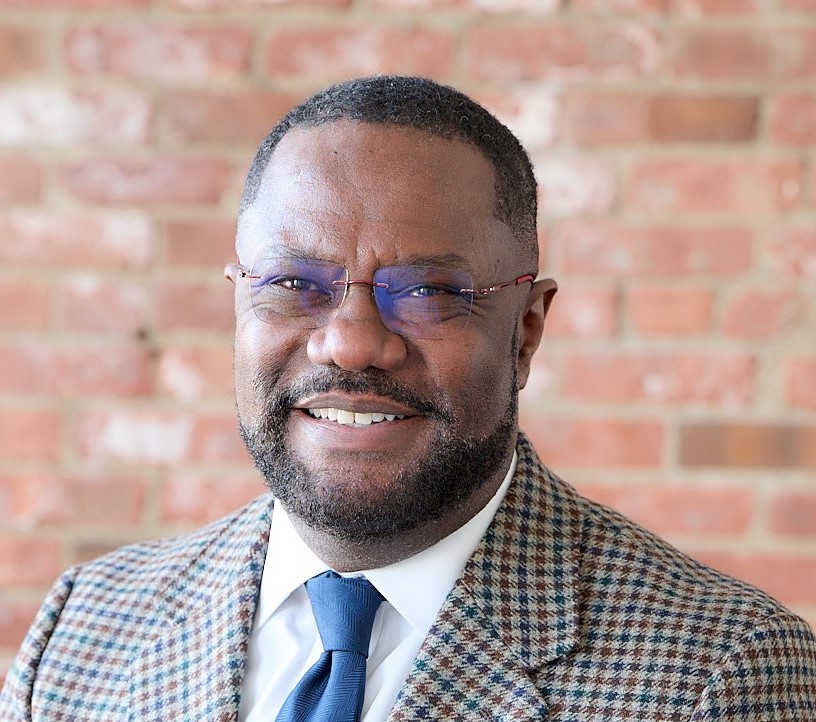In an op-ed for Smart Cities Dive, LISC CEO Michael T. Pugh, and Enterprise Community Partners CEO Shaun Donovan, weigh in on how climate and community development are fundamentally part of the same whole—the premise of a new book, What’s Possible: Investing NOW for Prosperous, Sustainable Neighborhoods, just co-published by their two organizations with the Federal Reserve Bank of New York. And for investments in green community development to be successful, they argue, the work must be guided by strategies that prioritize community input and involvement.
The excerpt below was originally published by Smart Cities Dive:
Frontline communities can’t wait: A blueprint for building sustainable neighborhoods now
By Shaun Donovan, Enterprise Community Partners and Michael T. Pugh, LISC
We know that rising temperatures and more intense storms impact low-income communities and people of color more acutely than others. When a wildfire or flood strikes, we know disadvantaged communities are often the first hit and the last to recover. We know that the need to weatherize and reinforce the nation’s aging affordable housing stock is far outpacing our will to get it done.
As we embark on a new energy economy to fight climate change, there’s a risk that low-income communities will be left behind, saddled with costlier, dirtier fossil-fuel-burning energy that will drive the wedge of inequality even deeper throughout the country.
But that future isn’t inevitable.
With new federal resources from the Inflation Reduction Act and the Bipartisan Infrastructure Law totaling trillions of dollars, along with growing private-sector commitments, there’s an alternative future, where the opportunities for a cleaner, greener energy economy are open to all. We have the chance to ensure we don’t create a clean energy future for some and not others.
Effective investment requires more than just capital, however; it demands strategic, coordinated action focused on the communities that are the first to suffer and the last to recover from climate disasters. Now, more than ever, corporations, community groups, policymakers, financial institutions and climate advocates have an opportunity to combine financial resources and local expertise in ways that advance a just energy transition.
How do we catalyze these collaborations? We can start with a set of blueprints to demonstrate what works. That’s why climate and community development leaders joined forces to publish What’s Possible: Investing Now for Prosperous, Sustainable Neighborhoods. The book includes essays from experts from across the country offering practical solutions that connect clean energy, community resilience and equity. It is not just a theoretical look at what might be possible in the future, but a set of models and programs that can be replicated, right now.
Throughout What’s Possible, there are two consistent themes: first, climate solutions and community development solutions are, in fact, part of the same whole. And, second, top-down decision-making must give way to strategies that prioritize community input and involvement. For example:
- Microsoft developed a partnership with the Emerald Cities Collaborative and NAACP to blend perspectives on environmental justice into its business operations. That collaboration led to the development of the Just Transition Powerforce, an evaluation framework to help corporations gauge whether their investment decisions are equitable. Using this framework, Microsoft deployed grant funding to eight communities to support resilience efforts.
- LISC has developed an impact matrix for community lending that embeds an assessment of climate mitigation and resilience strategies alongside an analysis of community support for particular projects. It means we can better target technical assistance, capacity-building and subsidized capital to asset classes that have been slower to adopt climate adaptations, while making sure efforts to support housing, businesses and jobs align with community-driven goals.
- DC Green Bank is partnering with Enterprise Community Partners to install 2.2 megawatts of solar panels at several affordable housing properties owned by Enterprise in Washington, D.C. Beyond the environmental benefits and considerable reduction in greenhouse gas emissions, the project offers green jobs training for residents and establishes a community solar program that offers subscribers discounts on their electric bills.
- Climate tech company BlocPower is using machine learning technology to assess housing and building equipment and make recommendations for infrastructure upgrades. It also partners with banks and investors to develop financing plans that help make decarbonization projects affordable and feasible for low-wealth communities. The BlocPower model works to address underlying socioeconomic and environmental inequities while mitigating climate risks.
All of these approaches help improve the physical, social and economic infrastructure of communities. Through climate action, they give local residents the opportunity to influence the long-term trajectory of development in their neighborhoods.
The alternative is daunting. We cannot allow climate change to continue to overburden under-resourced communities. We cannot allow it to worsen long-standing racial and economic disparities, while it threatens the well-being of people around the world. Maintaining the status quo means missing the opportunity to be transformative and facing even more costly outcomes down the road.
What’s Possible shows us myriad opportunities to build a more just and resilient outlook. Together, we can help residents build healthy, vibrant communities that are prepared for our climate future.
Continue to full story on Smart Cities Dive [+]...
 ABOUT THE AUTHOR
ABOUT THE AUTHOR
Michael T. Pugh, President & CEO
Michael T. Pugh became CEO of LISC in October 2023. He has more than 30 years of experience in banking, with a particular focus on expanding access to capital for underserved families, businesses, and communities. Michael spent more than a decade at the Harlem-based Carver, leading the nation’s largest publicly traded African American-operated bank, with more than $720 million in assets.